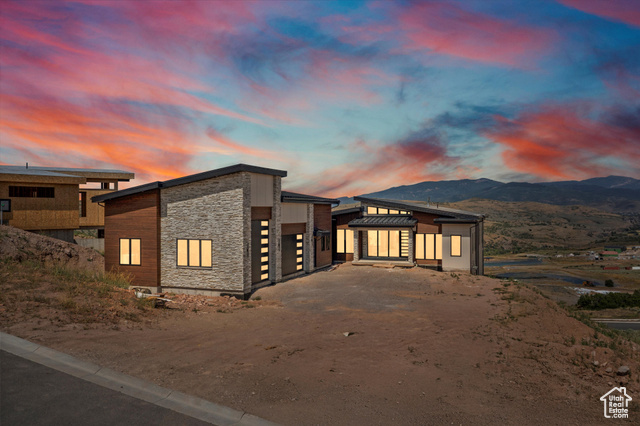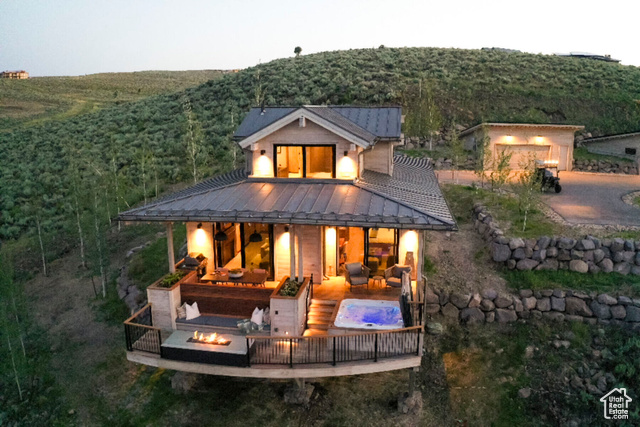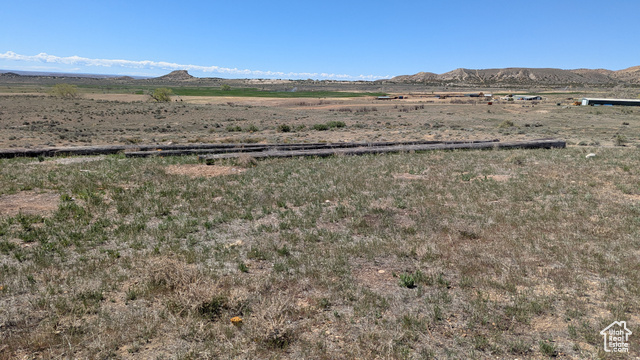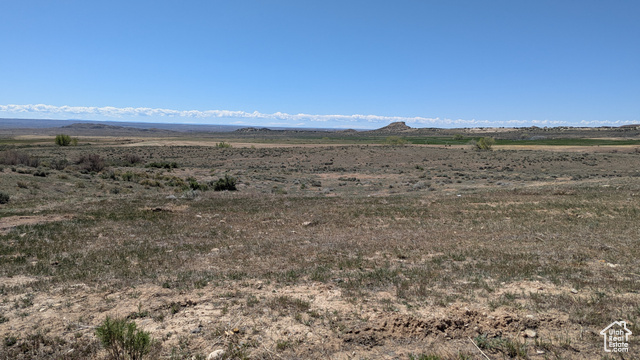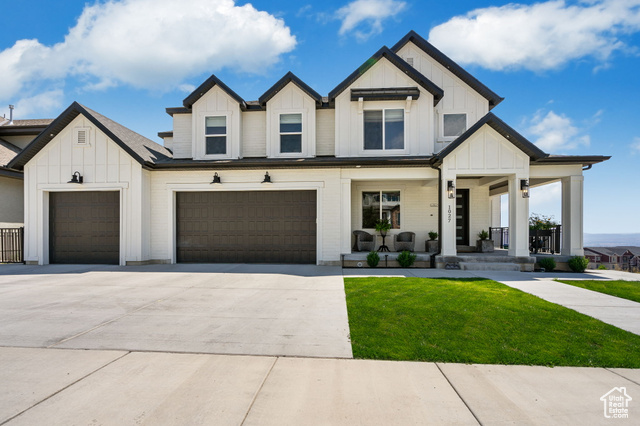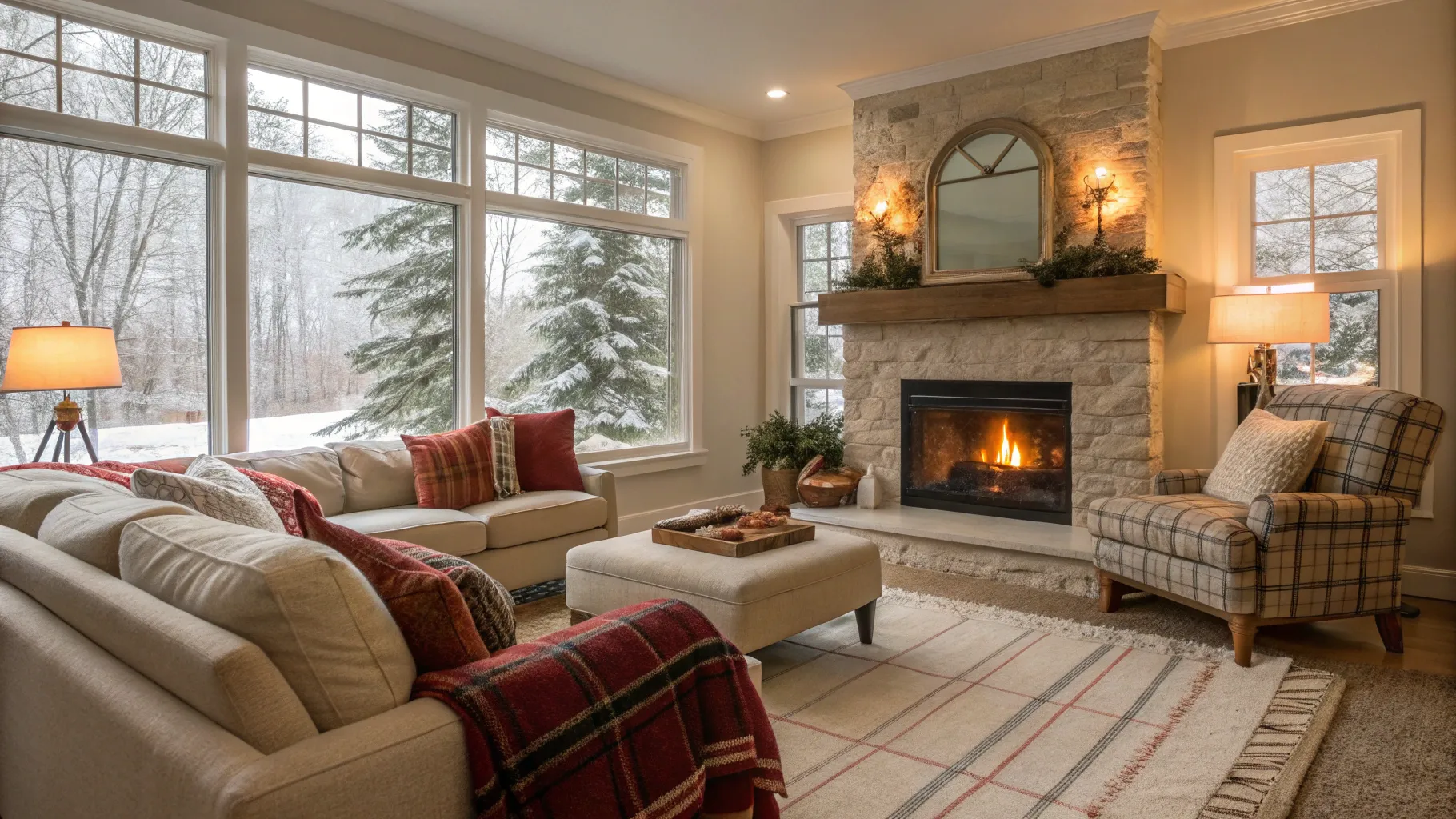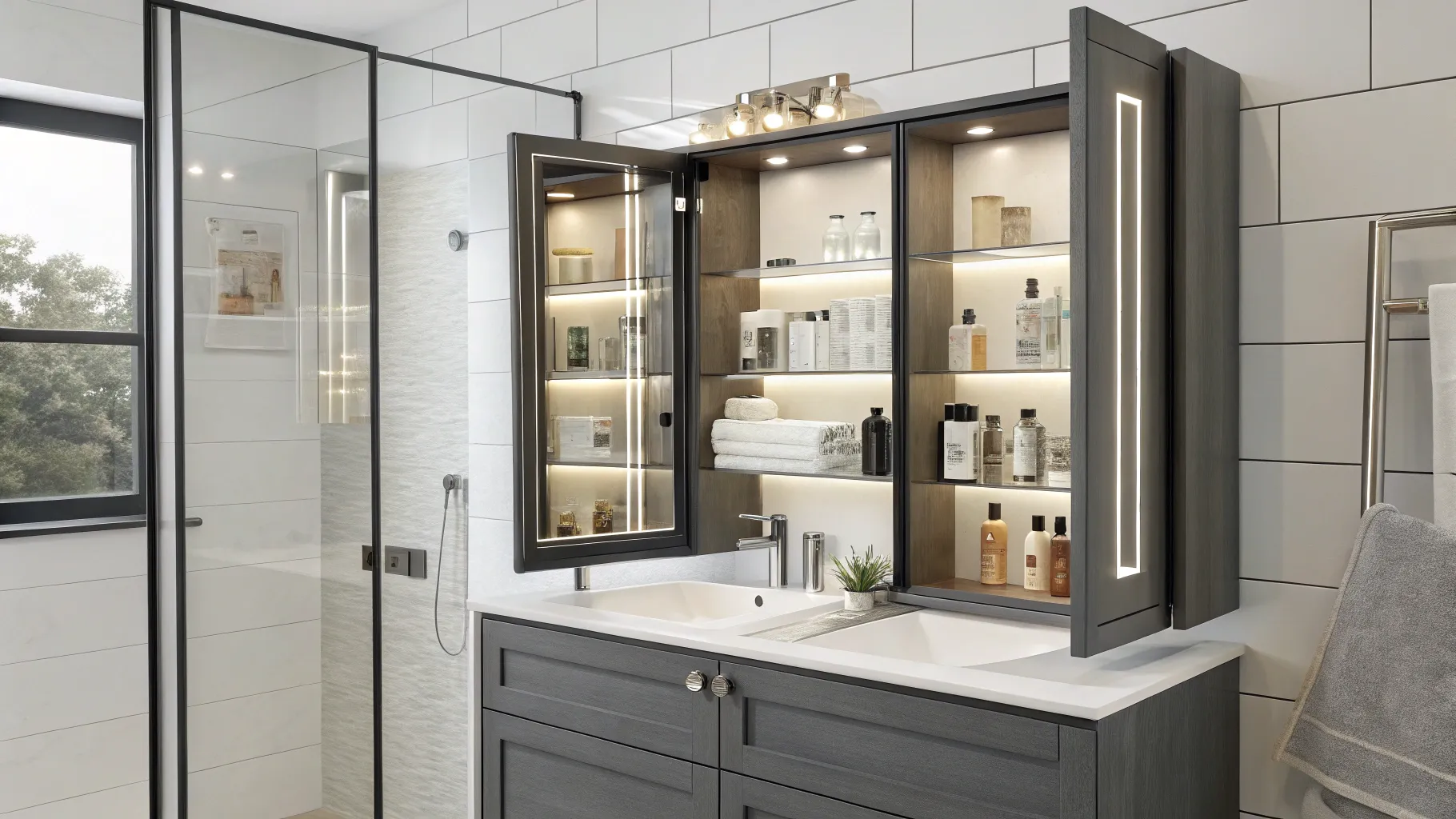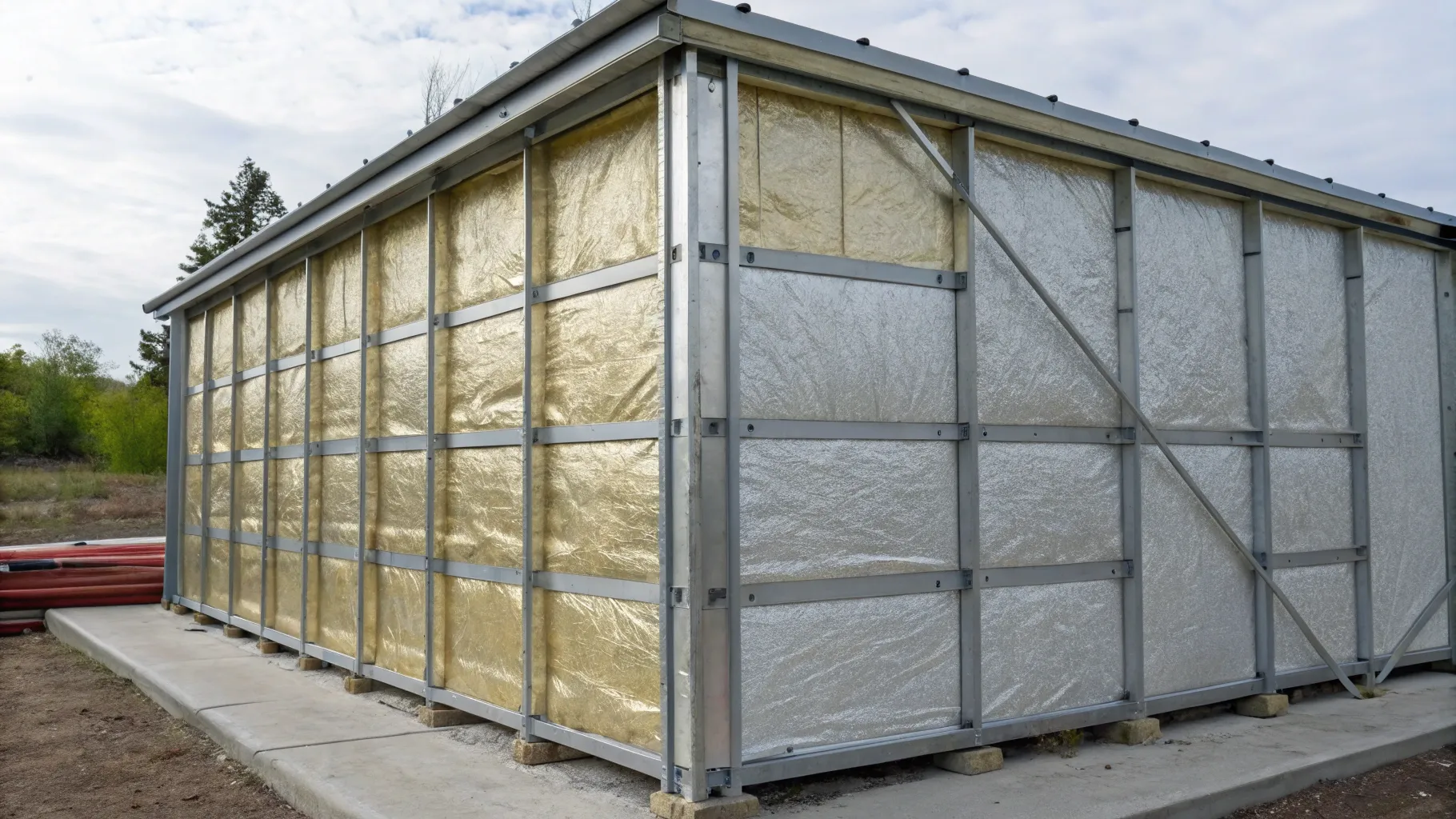As the temperature starts to drop, the quest for a warm and inviting home becomes a top priority for many. A cosy atmosphere not only enhances comfort but also contributes to well-being during the colder months.
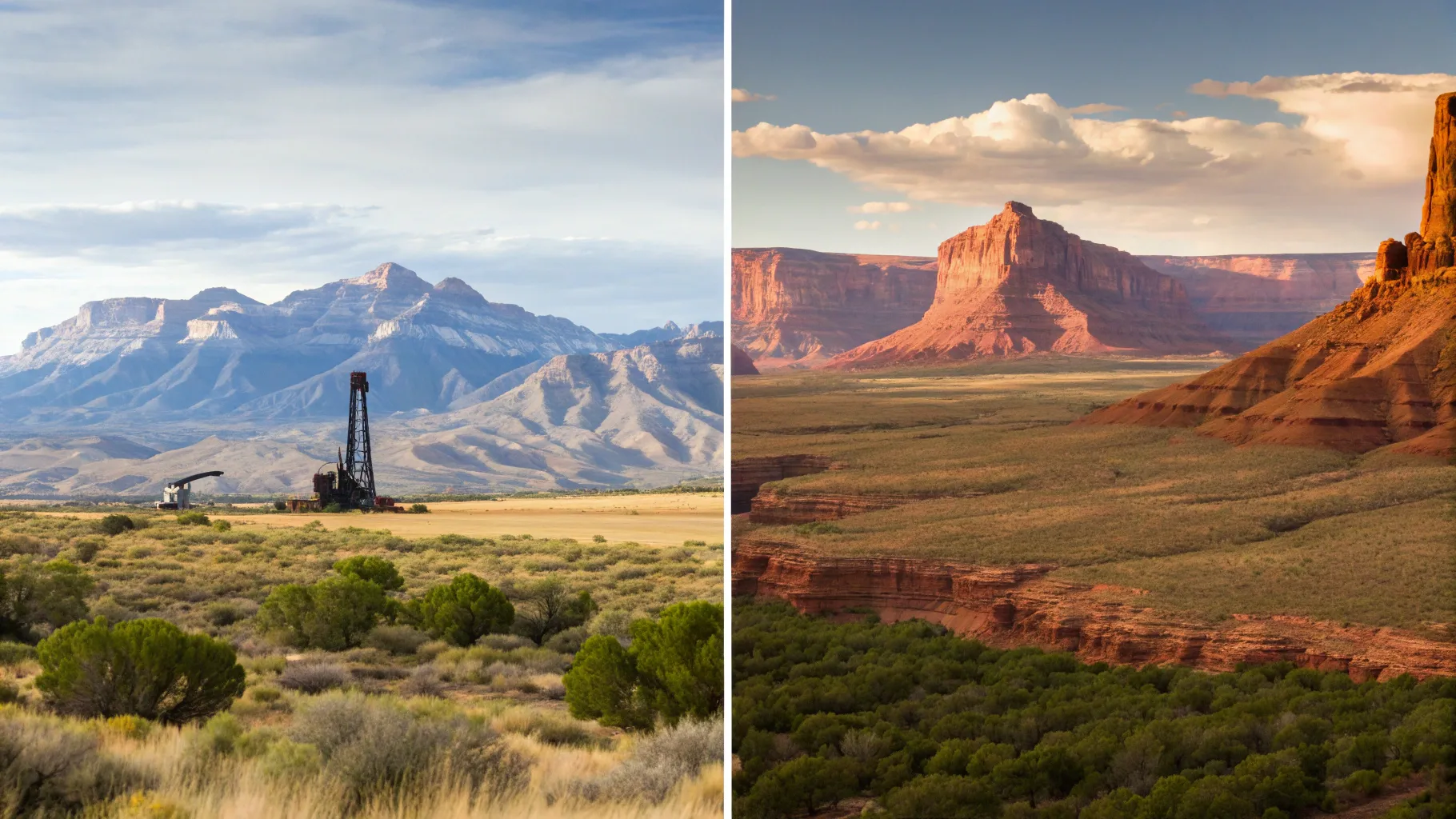
With America as large as it is, it can be difficult to choose a place to settle down for good. Utah and Texas are both popular markets in the western United States, but they differ in many ways. They’re likely on your radar for their natural beauty, decent economy, and suitability for raising a family, but their similarities diverge from there. To choose the best option for your lifestyle and goals, you will need to thoroughly research these locations in terms of affordability, long-term costs, availability, and lifestyle suitability.
Home Affordability
Utah is becoming increasingly popular among families due to its outdoor recreation, quieter lifestyles, and strong economies in cities like Salt Lake City, which is driving up home prices. The median home selling price in the entire state is around $560,000. Larger cities see higher prices still. Overall, Utah sits slightly above the national average in terms of affordability.
Texas is a much larger state, making affordability vary greatly depending on location. Rural areas can be very affordable, while larger cities like DFW or Austin have much higher prices. The median home price is cheaper than in Utah at around $350,000. The state overall sits slightly more affordable the national average.
Market Competition and Trends
Utah experienced a significant surge in housing demand starting in 2021. Since then, it has remained hot, although not as much so. It’s still somewhat challenging to find housing in popular areas, including Salt Lake City, its surrounding suburbs, and mountain towns. If a home is priced well, it tends to sell fairly quickly. The housing market throughout Utah is somewhat competitive, and bidding wars are common. It is slightly balanced between a buyer and seller market.
Texas has a slightly higher housing inventory than Utah, but it remains fairly tight. There is more land available, making it easier for buyers to take their time bidding on homes in many areas. You can bank on selling a home fast in Fort Worth, Dallas, or Houston, thanks to their thriving economies and family-friendly suburbs. These popular cities are very competitive.
Tax Rates
Utah currently has a flat-rate income tax of 4.55%, which is among the lowest compared to other state income tax rates. Property taxes are also comparatively low, at around 0.55%; local tax laws exempt primary residences. In the long term, you’ll pay a lot less on your income and property than in many other areas.
Texas does not have a state income tax for individuals, making it especially appealing for those relocating there. For this reason, however, property taxes have become a primary source of revenue for the state, making them some of the highest in the country. The rates are determined at the local level, typically ranging from 1.6% to 1.8%.
Availability
Utah faces numerous geographical challenges when it comes to finding suitable land for building homes. While there is ample space for new constructions, you’re more limited in choice than in Texas. Protected land is also a key factor to consider when selecting a site. If you choose tougher terrains to build on, expect new constructions to take a bit longer and be more expensive.
Texas is a large state, contributing to a positive outlook for housing development with ample opportunities for new construction. Existing suburbs see exponential growth. It is a flatter piece of land in many areas, making it easier and more affordable to prepare land for building. If you’re looking to build a brand new home, Texas is a likelier winner in terms of choice, speed, and affordability.
Lifestyle and Culture
Utah is praised for its outdoor recreation, clean air, and safety ratings in many major cities. It’s an excellent place to raise a family, and outdoor enthusiasts or fitness lovers will appreciate the numerous opportunities to enjoy fresh air and a break from busy lifestyles. Utah boasts some of the most stunning natural landscapes in the country.
Texas is more diverse in terms of climate, culture, and land. There are coastal communities, desert towns, plains, and mountains toward the west. You have a lot more views to choose from. Outdoor recreation is also popular here, but in different ways; hiking, tubing, and beachgoing on the coast are among the most popular activities. There is a wide mix of cultural diversity here, with blends of Mexican, Tejano, and Southern subcultures forming a unique union.
Conclusion
Both Texas and Utah can serve as excellent places to raise a family. If you’re excited about natural beauty, safer cities, and lower tax rates overall, Utah is an excellent choice if you’re not afraid of a bidding war or two. If you prefer larger cities, geographical diversity, more affordable housing, and a very strong job market, you may want to consider Texas. There’s no wrong choice as long as it’s an informed one. Evaluate what aspects of each location are most important to you—not just currently, but for your future and family (if applicable).

